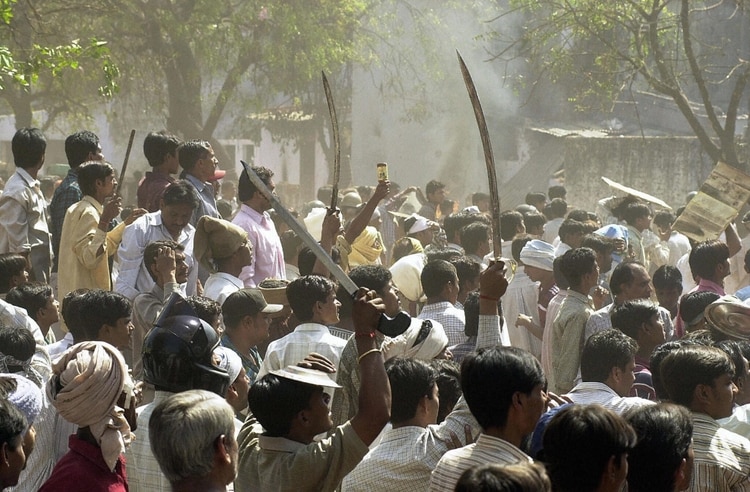There are rising hate crimes all over the world, especially in US. A recent attack on two Sikh gentlemen from India, in Richmond Hills in NYC, brought back memories of an attack last year on a Sikh taxi driver in NY. Why is this happening more frequently, one would ask? One reason is that new immigrants have taken jobs that are traditionally run by black Americans or immigrants from island nations close to US. Another, an average American mistakenly identifies a Sikh for Arab or Taliban due to similar looks and turbans they wear.
Post 911, there were dozens of hate crime incidents across US, with mistaken identity of Sikhs with people wearing turbans. Experts estimate an average of 250,000 hate crimes committed between 2004 and 2015 in United States. It became worse during Trump’s era, with far right activists from central-US collecting to discriminate against immigrants and target people especially from Mexico and Caribbean Islands.
During 1987/88, over 15 Asian Indian people were brutally attacked in and around Jersey City. All these incidents took place after a local newspaper published a letter from ‘Dot-busters’, an organization vowing to rid the community of Indians wearing “Tilak” or dot, on their foreheads. This study illustrates how growing resentment and conflict between ethnic groups can manifest itself in physical violence that can be classified as hate crime. It also raises the possibility that spatial clustering of ethnic groups may contribute to increased visibility and therefore, vulnerability to such attacks. One man attributes Indian residential and business clustering to their troubles, because it makes the community more visible and therefore vulnerable to attack.
In order to determine the motivations behind these acts, it is necessary to review, analyze and for law enforcement agencies to be vigilant constantly.
The first to fall victim to ethnically based hatred were the Native Americans. In this case, the established residents succumbed to oppression of the newcomers. Some have argued that Native American people represent the most victimized group in the United States. The plight of African-Americans, whose history in America began with their enslavement, soon followed.
Over the last two centuries, Hispanic, Chinese and Japanese groups have also been victims of racism, the latter two having laws enacted to ensure their exclusion. And today, problems of illegal immigrants, jobs exported overseas, and “English only” controversies illustrate the continued trend of blaming outsiders coming to U.S. Recent political campaign rhetoric, charges job-stealing aliens for the ills of American society, including social and economic woes.
Under the First Amendment of the U.S. Constitution, people cannot be prosecuted simply for their beliefs. And it does not protect against committing a crime, just because the conduct is rooted in philosophical beliefs.
Most states and U.S. territories have hate crime statutes that are enforced by state and local law enforcement in state and local courts. Hate crime laws in states and territories vary widely across jurisdictions.
America being an immigrants’ country, needs to educate its population early in schools and hold regular programs in community base organizations to overcome hate crimes, which are on the rise.






